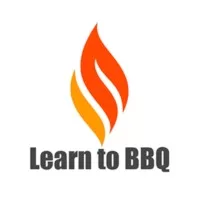Temperatures and how they can significantly affect your barbecue more than any rub, sauce, or barbecue gizmo you can buy or even make.
Temperature is a fundamental aspect of our world, influencing everything from the taste of food to the safety of our meals. In this video, we’ll explore the Maillard reaction caramelization, food safety temperatures, and the impact of elevation on boiling points.
When heated, the Maillard reaction is a chemical reaction between amino acids and reducing sugars. The Maillard reaction typically occurs between 284F degrees and 330F degrees. This reaction is responsible for the browning and flavor development of many foods, such as seared steaks, roasted vegetables, and baked goods. The Maillard reaction produces hundreds of flavor compounds, contributing to cooked foods’ complex and enticing Aromas and flavors.
Caramelization typically occurs between 320F degrees° and 356F degrees. Caramelization is another essential chemical reaction that occurs when sugars are heated. In this case, the sugars break down into smaller molecules, such as caramel and other flavor compounds. Caramelization is responsible for the rich golden brown color and sweet flavor of caramelized onions, candy, and creme brulee.
In addition to affecting taste, temperature also plays a crucial role in food safety. Bacteria proliferate between 40F and 140F, A Range known as the danger zone. To prevent foodborne illnesses, it’s essential to keep hot foods hot above 140F and foods cold below 40F.
here are some safe minimum internal cooking temperatures for common foods
- For beef, pork, lamb, and veal, the minimum temperature is 145F
- For ground beef, ground pork, ground lamb, and ground veal, the minimum temperature is 160F
- For chicken and turkey, the minimum temperature is 165F
- And for seafood, the minimum temperature is 145F
Also, when cooking a large piece of meat like a brisket, the elevation where you are cooking can significantly affect your cook. The same brisket on the same smoker can give you different results.
Here is a chart showing the impact of elevation on Boiling Points.
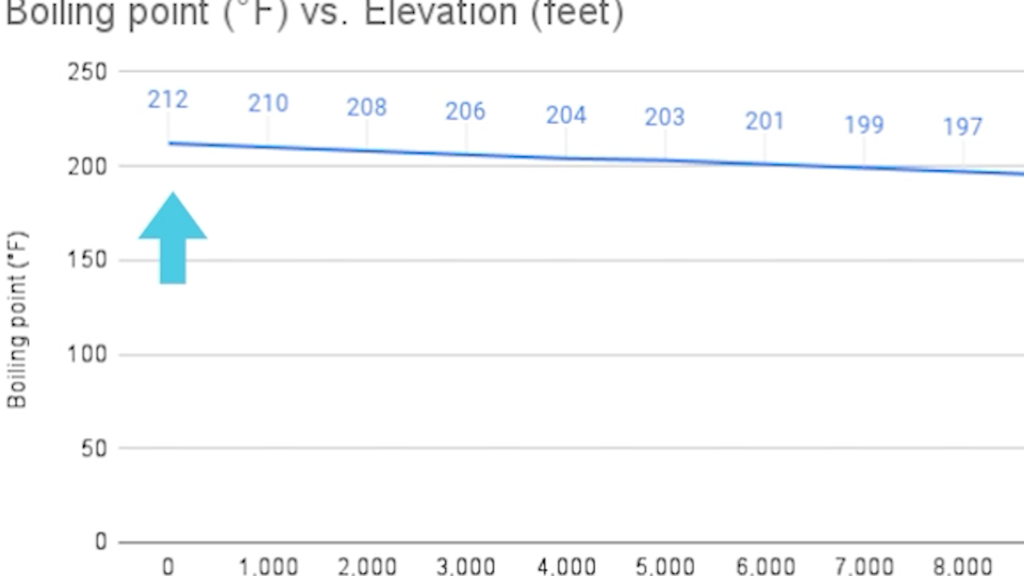
As you may know, the boiling point of water decreases as elevation increases. This is because the atmospheric pressure decreases with altitude at sea level. The boiling point of water is 212F.
However, at an elevation of 5,000 ft, the boiling point of water is only 203F.
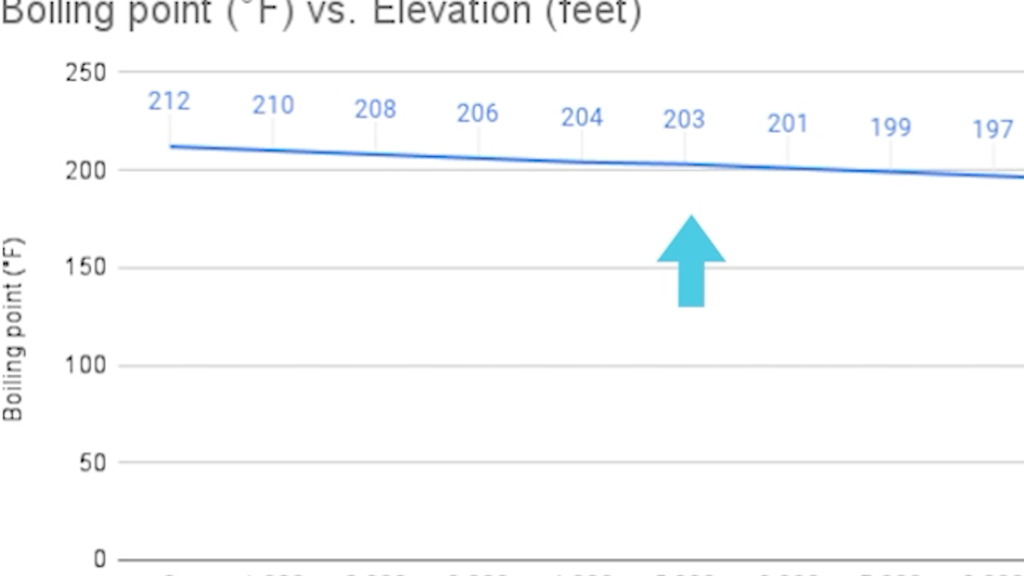
Why is this important? When cooking food and the water in the food starts to boil, it will cause significant evaporation that evaporation will cool the food, causing it to stall and take longer to cook.
Also, if it stays in the stall too long, it can dry out the food and make it tough. One technique when the food goes into a stall is to foil it and keep the moisture from evaporating.
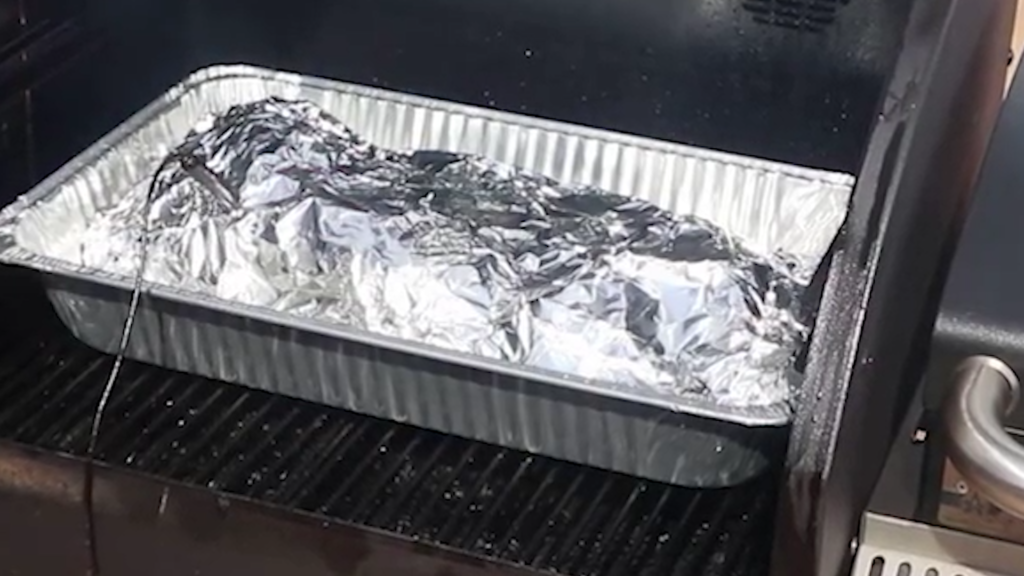
Also, you might lower the cooking temperature below the boiling temperature, stopping the evaporation and eliminating the stall.
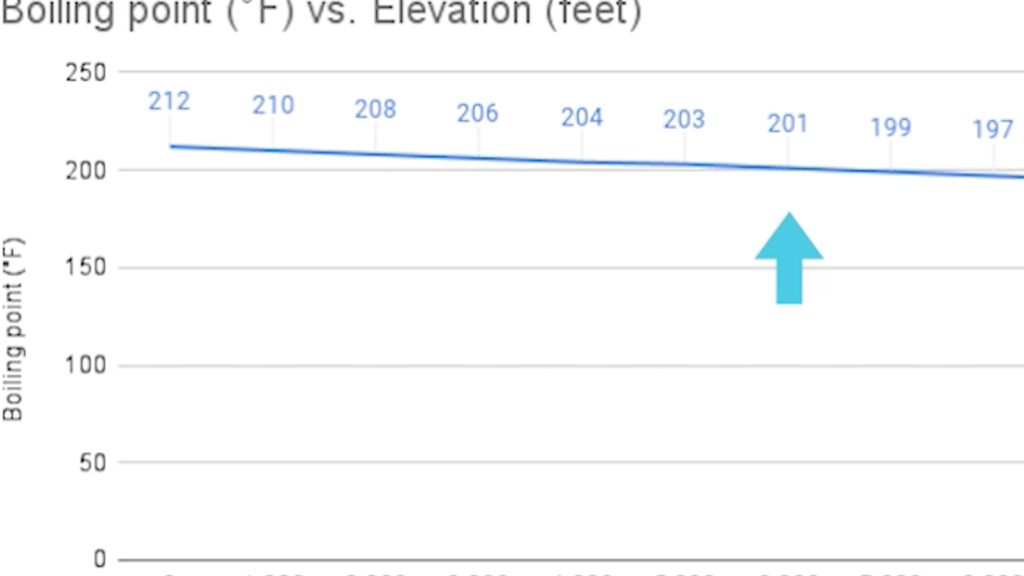
It is hard to believe and seems counterproductive, but lowering the cooking temperature can speed up the cooking temperature is a critical factor in both the taste and safety of food by understanding the Maillard reaction caramelization food safety temperatures and the impact of elevation on boiling points you can cook delicious and safe meals.
Till next time.
